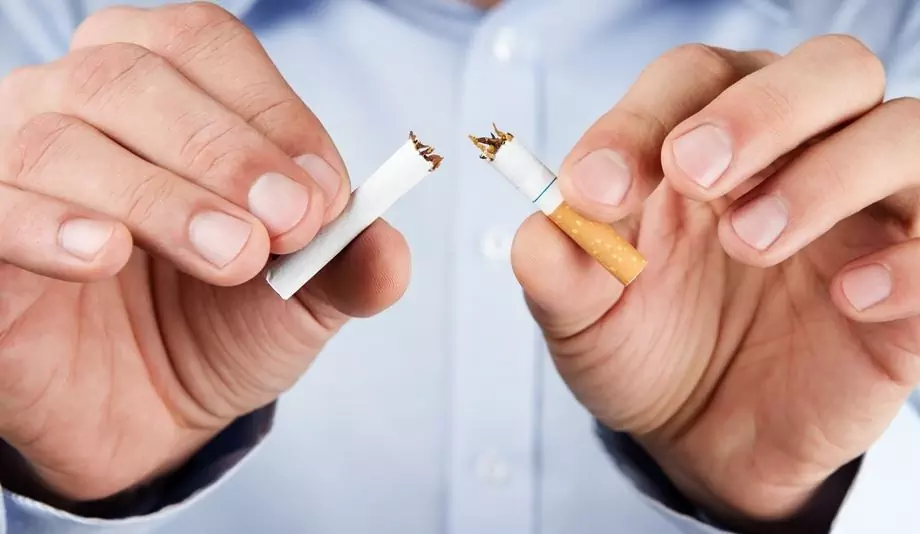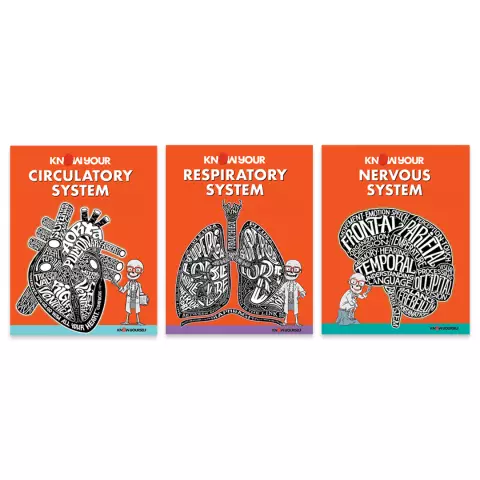- Author Rachel Wainwright [email protected].
- Public 2023-12-15 07:39.
- Last modified 2025-11-02 20:14.
Smoking and alcohol
Nicotine in tobacco and alcohol are both potent psychoactive substances. Surfactants (psychoactive substances) - any substances and their mixtures, both natural and artificial, that affect the functioning of the central nervous system, as a result of which changes in the mental state of a person occur. Smoking and alcohol along with being overweight are the main causes of predictable death.

From a chemical and biological point of view, nicotine is a neurotropic poison, being toxic to nerve cells. Due to their specificity, nerve cells are susceptible to the effects of any kind of harmful substances. In the classification of surfactants, nicotine belongs to the tertiary group, being on the periphery of depressants and stimulating substances. Alcohol in the same classification belongs to the group of depressants.
Stimulating surfactants are psychotropic substances that activate the mental and physical (to a lesser extent) human activity.
Depressants are any substances that have a depressing effect on the central nervous system or depress certain aspects of its activity.
Smoking and alcohol, combined at the same time, complement each other in their effect on the central nervous system, enhancing the effect.
The mechanism of the effect of smoking and alcohol on the human body
Alcohol flows from the stomach into the bloodstream within the first two minutes. The blood carries it throughout the entire body. The brain cells are most affected, primarily of the cerebral hemispheres. After the first dose of alcohol, the brain gives an immediate reaction in the form of deterioration of conditioned reflex activity, slow formation of complex movements, impaired coordination, a change in the ratio of the processes of excitation and inhibition of the central nervous system occurs.
Penetrating into the frontal lobes of the cerebral cortex, alcohol liberates human emotions, which manifests itself in the form of unjustified joy, unreasonable laughter, ease of judgment. The increasing excitement after drinking alcohol is accompanied by a weakening of the inhibition processes in the cerebral cortex, as a result of which control over the work of some parts of the brain ceases. Shyness and restraint are lost. Each subsequent portion of alcohol contributes to the increasing paralysis of the higher nerve centers. Violation of the nervous system is observed with any use of alcohol: one-time, episodic, systematic.
A small dose of nicotine, which a person receives by smoking one cigarette, promotes a short-term increase in the excitability of the cerebral cortex, followed by inhibition of the activity of nerve cells. When smoking, excitement is quickly replaced by depression.
Alcohol and tobacco, namely the nicotine contained in it, have an effect on the same nerve centers, which enhances the “heady” effect. Thus, the received dose of nicotine with a smoked cigarette enhances the effect of intoxication (impaired coordination of movements, loss of the ability to fully assess the situation).
Smoking and alcohol: the main signs of addiction
Smoking and alcohol can develop addiction in a person that requires treatment. Alcohol dependence or alcoholism is characterized by the following symptoms:
- Mental and somatic disorders;
- Regular consumption of alcoholic and low alcohol drinks;
- Withdrawal symptoms in case of discontinuation of alcohol intake;
- Impaired brain activity;
- Mental and physical dependence on alcohol.
Nicotine addiction is a type of drug addiction manifested in the regular smoking of nicotine-containing mixtures (mainly tobacco), as well as in mental and behavioral disorders of a person. The main signs of nicotine addiction are:
- Irresistible desire (craving) for smoking;
- Inability to control your actions;
- Irritability, intolerance, development of stressful conditions;
- Withdrawal symptoms with a long break in the use or cancellation of nicotine-containing substances;
- Continuation of the use of nicotine-containing substances, even with the awareness of their negative impact on the human body.
Currently, there are many methods of treatment for alcohol and tobacco addiction.
Alcohol and tobacco: are they really harmful?
The effect of smoking and alcohol on the human body in general and on the central nervous system in particular is the subject of research by psychologists, narcologists, psychiatrists, therapists, pulmonologists and many other specialists. Everyone knows about the dangers of smoking and alcohol. Alcoholism and nicotine addiction are among the leading causes of death. However, alcohol and tobacco (nicotine) are legal surfactants available to anyone who comes of age.
Numerous studies have shown that among moderate drinkers (consuming an average of 8-12 g of pure alcohol per day), the mortality rate is 18% lower than among non-drinkers or people suffering from alcohol dependence.
Recent studies have also shown that regular consumption of nicotine, which stimulates certain areas of the cerebral cortex, can reduce the risk of developing a number of mental diseases (including Alzheimer's disease, Parkinson's disease).
Nevertheless, the facts discovered by scientists of the positive effects of smoking and alcohol on the human body are not grounds for the uncontrolled use of alcohol and tobacco.
Found a mistake in the text? Select it and press Ctrl + Enter.






